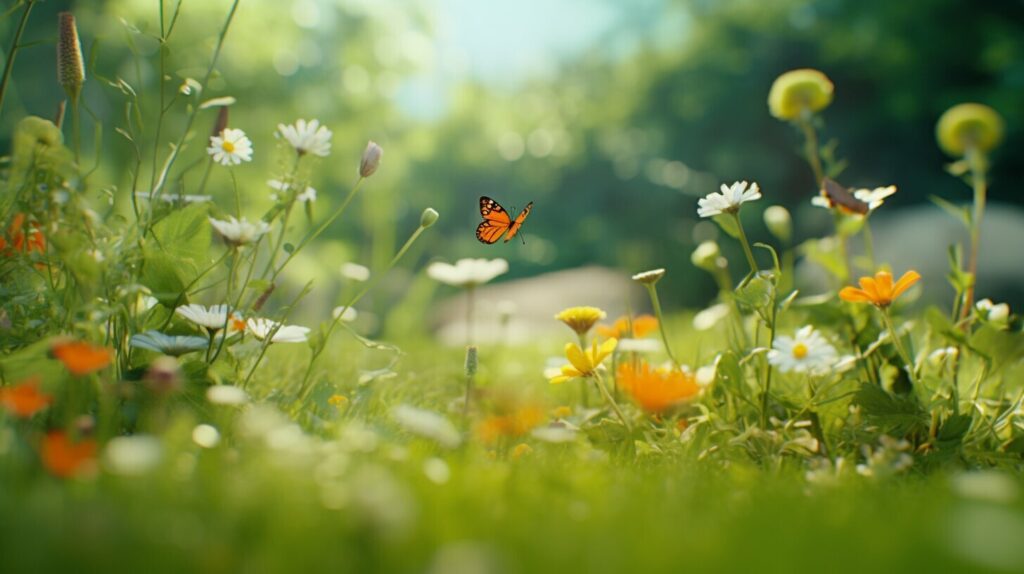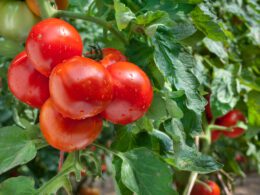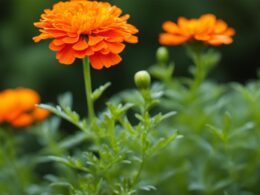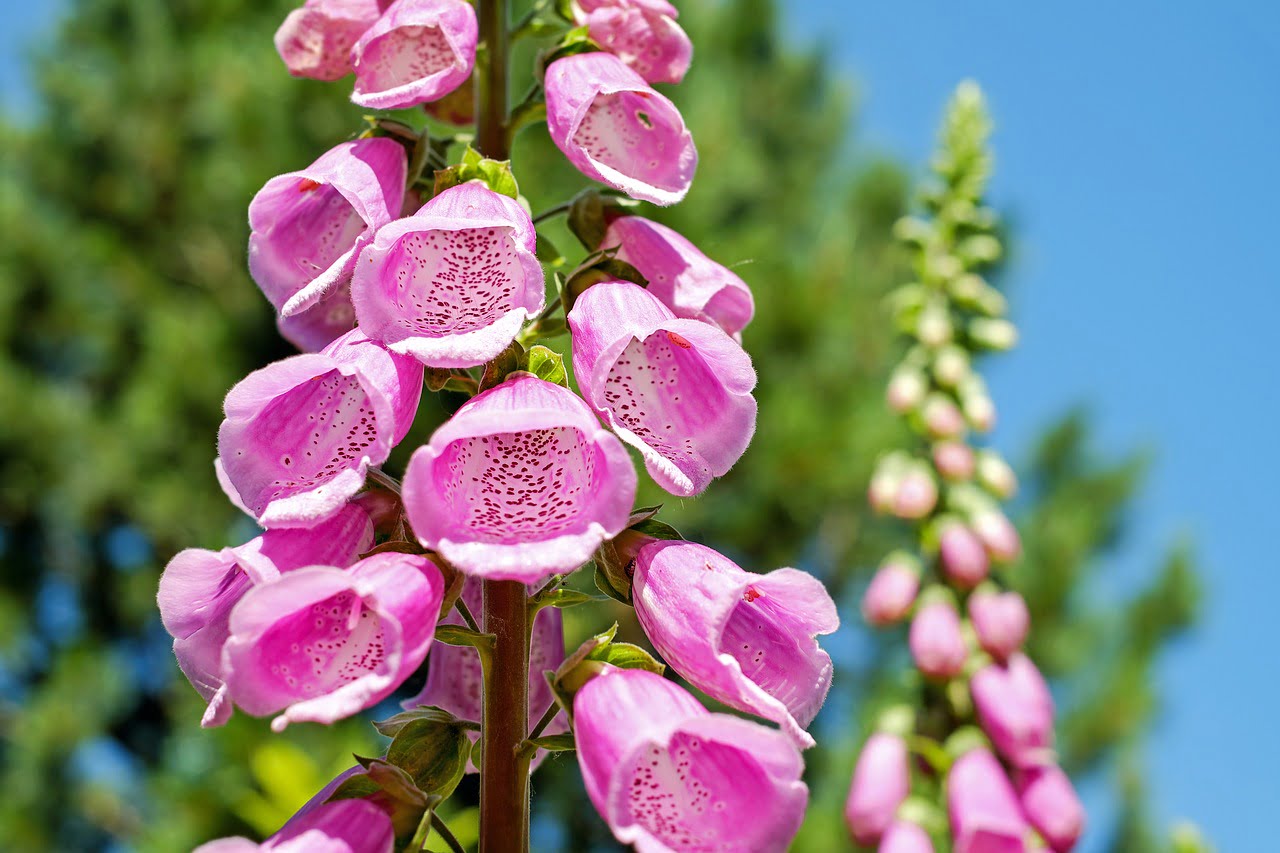Benefits of Natural Lawns
If you are considering letting your lawn go natural, there are numerous benefits that come with sustainable lawn alternatives and organic lawn management practices. Here are some of the advantages:| Benefit | Description |
|---|---|
| Better for the environment | Natural lawns use less water, require fewer chemicals, and are better for the local ecosystem than traditional, pesticide-heavy lawns. This can help reduce pollution and promote biodiversity in your yard. |
| Lower maintenance costs | Natural lawns require less watering, mowing, and fertilizing, which can translate to lower maintenance costs and a more sustainable lawn care routine. |
| Improved soil health | Natural lawns help enhance soil health by promoting the growth of beneficial microbes, fungi, and other organisms that help keep the soil healthy and fertile. |
Image: Benefits of Natural Lawns

“Going natural with your lawn can bring a host of positive benefits to your yard and the environment as a whole.”
Are Trees with Thorns Beneficial or Harmful for Natural Lawns?
Trees with thorns can present challenges for natural lawns. Some types of thorny trees, like acacias or mesquites, possess long, sharp thorns that may cause damage to grass, making it difficult to maintain a healthy lawn. However, thorny trees can also act as a deterrent, preventing animals from damaging the lawn. Ultimately, careful selection and placement of thorny trees is crucial for achieving a balanced and harmonious natural lawn.
What Factors Contribute to Different Shades of Green in Grass?
Grass can display different shades of green due to several factors. Sunlight availability, soil nutrients, and temperature variations all play a role in determining the variety of greens in grass. Different shades of green in grass can also be influenced by genetic variations and the specific species of grass.
Drawbacks of Natural Lawns
While natural lawns have many environmental benefits, they can come with a few drawbacks. Here are some of the potential downsides of letting your lawn go natural:| Drawback | Explanation |
|---|---|
| Weed Control | Without the use of chemicals, controlling weeds can be challenging and may require more manual labor. |
| Impact on Adjacent Areas | Allowing your lawn to grow freely can have a negative impact on nearby gardens or fields by spreading invasive species and weeds. |
| Maintenance | Natural lawns require more maintenance, such as mowing and watering, which can be time-consuming and costly. |

“It’s important to consider the potential drawbacks of natural lawns before making a decision. However, with the right maintenance, they can provide a beautiful and eco-friendly addition to your outdoor space.”
Alternatives to Natural Lawns
If you’re unsure if letting your lawn go natural is the right choice for you, there are other options to consider. Here, we’ll explore some of the alternatives to natural lawns and highlight their advantages and disadvantages.1. Artificial Grass
One alternative to natural lawns is artificial grass. While it may not provide the same benefits as a natural lawn, such as carbon sequestration and improved air quality, it does have some advantages. Artificial grass requires less maintenance, no watering, and can be used in shaded areas where plants may not grow well. However, it can be expensive to install and has a significant environmental impact during production and disposal.2. Ground Covers
Ground covers are another alternative that can provide a low-maintenance option for those who prefer not to have a traditional lawn. Some options for ground covers include clover, creeping thyme, and moss. Ground covers are typically drought-tolerant and can provide a unique and attractive look to your yard. However, they may not be as durable as a traditional lawn and can be difficult to establish.3. Xeriscaping
Xeriscaping involves using plants that are native to your area and require little to no watering. This option can be a cost-effective and eco-friendly alternative to traditional lawns, as it can reduce water usage and maintenance requirements. However, it may not provide the same lush look as a traditional lawn.









